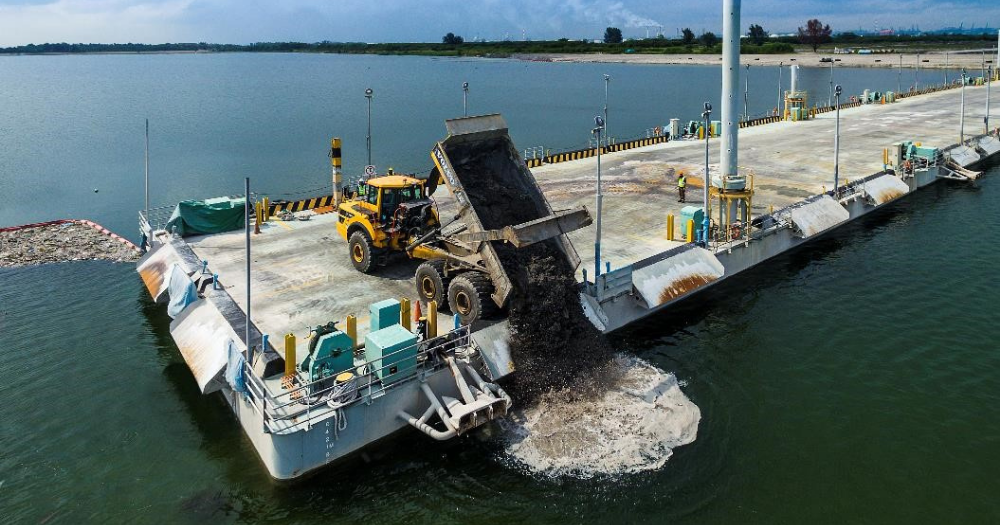
The release of Grand Theft Auto VI (GTA 6) in 2025 is eagerly anticipated by the gaming industry, with no one sure but certain that open-world games and, by extension, the gaming industry will look very different in the future. It is already one of the most ambitious, and most popular, genres in gaming, and it is fast evolving spurred on by technological advances and broadening player expectations. With a promise of the expansive universe promised by GTA 6, there are many trends and titles to come that promise to redefine open-world gaming for the next few years.
The open-world genre has always been about pushing the limits of what games can do, exploring huge, immersive worlds for the player to explore. There’s been a desire for the worlds themselves to be alive, with dynamic systems and interactions born from players’ choices. And, in 2025, this trend will be accelerated.

Take, for example, Kaiserpunk, these games are just a glimpse of an industry driven by innovation. In Kaiserpunk, players take an alternate 20th-century history and combine it with city-building mechanics influencing both local and global gaming. By using open-world genres, it has weaved together gameplay, resulting in a complex, and above all, fun experience.
This gives players the ability to immerse in a layered world where their decisions have an impact across levels of interactivity, showcasing the gaming industry committed to game design that’s richer and more complex. Following are several highly anticipated open-world games slated for release in 2025, each showcasing unique narratives, settings, and gameplay innovations. These are: Monster Hunter Wilds: The new instalment of the Monster Hunter series including expansive ecosystems, refined hunting mechanics, and enhanced cooperative multiplayer is scheduled for release on February 28, 2025.
The game will be an amalgamation of exploration and combat, seamlessly blended within beautiful biomes full of life, rendered. Ghost of Yotei: Ghost of Yotei is the sequel to Ghost of Tsushima and takes players to the year 1603. A new protagonist and new story arc will open.
Players are anticipating rich storytelling and cinematic action sprinkled all over its predecessor. Interest in this title before its 2025 launch has already been building, ever since its announcement during Sony’s State of Play. Kaiserpunk: As a city builder and strategy game, this one launches on February 27, 2025 and is quite ambitious.
Combining historical aesthetics with imagination, this rare merging of history and imagination will create a gameplay world populated by war blimps, mechanical automatons and other technological leaps that will blend creativity with history. Also, these titles underscore that while the open world has never lacked diversity, it’s aptly doing more with narrative depth, player choice and creative world-building . Next-wave titles have long been open-world games and rely on cutting-edge tech.
Developers are leveraging advanced tools to redefine what is possible: Procedural Generation: With his project Prologue: Go Wayback! Brendan "PlayerUnknown" Greene, the creator of PUBG, is pioneering new ways to do things. The algorithmically generated expansive and unique terrains of this game can be endlessly explored, virtually. Enhanced AI Systems: A lot of the work in the gaming industry is done by using sophisticated artificial intelligence, to populate game worlds with NPCs who exhibit realistic and dynamic behaviour.
NPCs have more meaningful interactions with the player from these systems as the responses and actions vary. Built on organic conversations, believable routines and adaptable combat strategies, open-world AI is poised to reinvigorate how players will interact with these environments. Next-Gen Graphics and Physics: Open-world experience is becoming incomplete without real graphics and physics.
The infusion of greater realism in character animations, lighting, environmental details and more through technological advancements like things like ray tracing, and advanced motion capture will see even more players indulge in the world of virtual universes. As open-world games evolve, several key trends are becoming increasingly prominent: Narrative Depth: The developers are increasingly focused on the storytelling part along with a promise of richer, more compelling narratives. Stories are now expected of players to be emotional, to feel what they choose in the game world and to be deep.
Player Agency: Influence on the game world is becoming more important. Whenever players have dialogue, combat, or choices to explore, it affects the environment as well as the script. This trend helps empower players to feel like they’re involved in the narrative from an active point of view, as opposed to simply watching from the sidelines, making the open world more important.
Cross-Genre Integration: Kaiserpunk is a game that blurs the line between traditional gaming genre types with features rooted in action, strategy, and role-playing. By integrating with such a wide array of preferences, open-world games become more appealing to play. The open-world genre is about to take another leap with the forthcoming release of GTA 6 .
These virtual worlds will be more alive, open and engaging than anything players have experienced before. This translates into procedural generation, better AI, and a clever new game design. Gaming technology continues to move forward, and open-world games will continue to be at the forefront of innovation, their footprint on their influence on the future of interactive entertainment will shape years to come.
.















